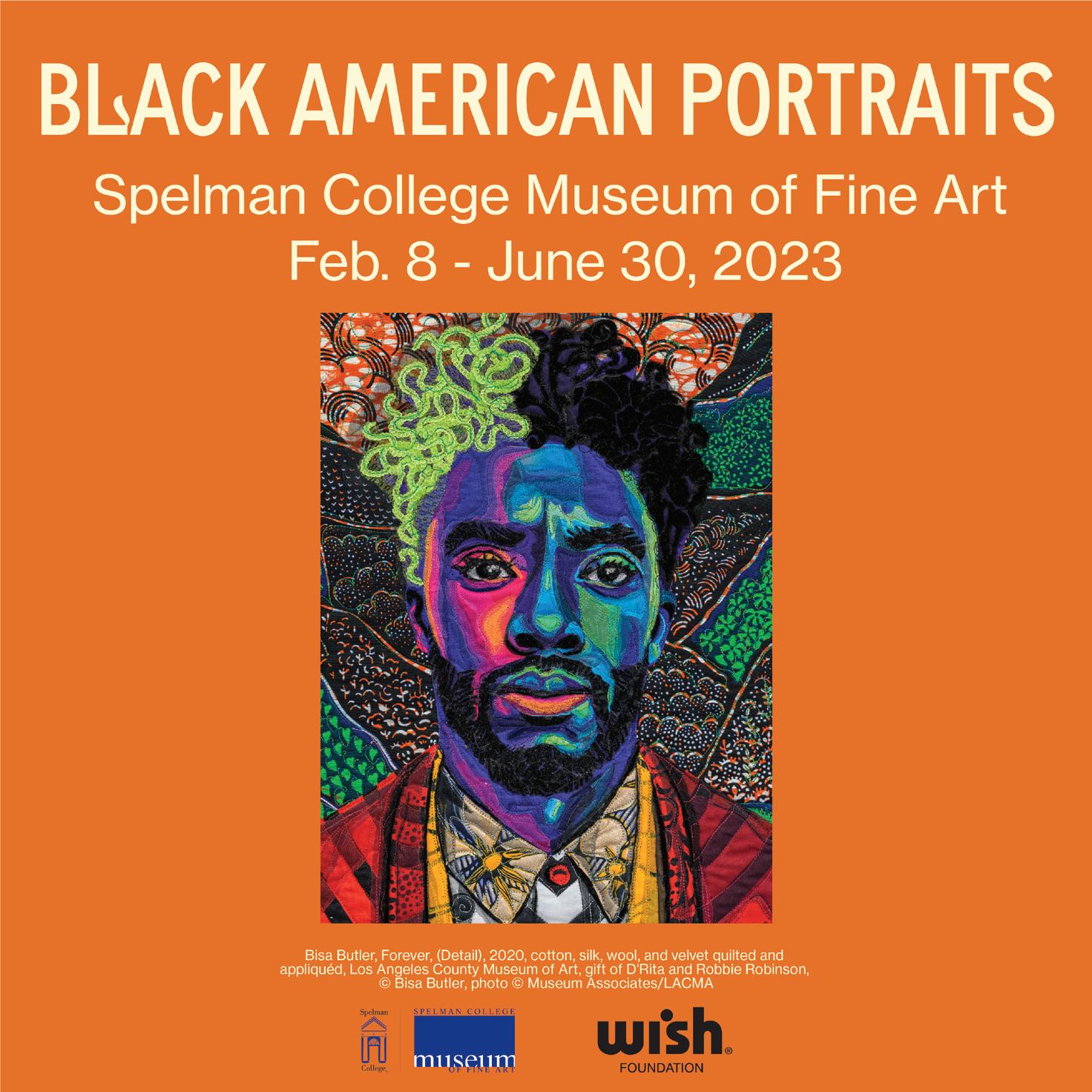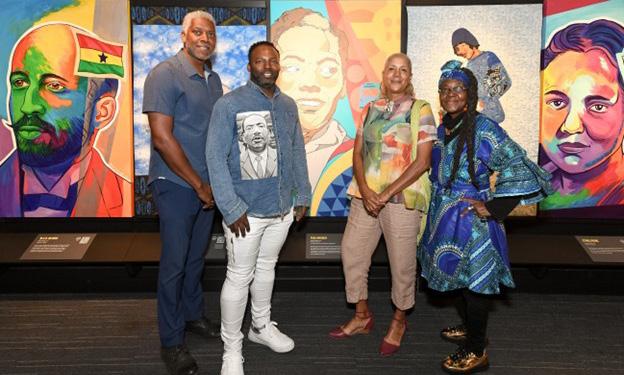
5 minute read
NEW STUDY EXPOSES BLACK - WHITE HOMEOWNERSHIP GAP
Almost three in four white Americans own their home, while less than half of Black Americans can say the same. In fact, the gap in homeownership rates has actually grown wider from the civil rights movement to today.
With a newly released data study, researchers at Today’s Homeowner ask the pressing question: Are Black Americans being locked out of the American dream of homeownership?
Our team examined how homeownership has changed over time, current state-level gaps, and states’ progress towards closing their gaps. We analyzed nearly 300 cities, again identifying where the Black-white homeownership gap stands today and where the most progress has been made recently. The research team engaged experts in real estate, academia, and policymaking to help identify key historic and contemporary reasons for the persistent gap.
Today’s Homeowner with Danny Lipford, an authority in the home services space for 25 years, invites you to share our Black Homeownership Gap research findings with your readers to give them a comprehensive view of the racial homeownership gap and some potential solutions.
Here are some of our main findings:
Since 1994, the gap between Black and white homeownership rates worsened by over two percentage points. Most of this increase has taken place since 2010.
98% of cities have a gap, and ArdenArcade, CA; Mesa, AZ; Bethlehem, PA; Torrance, CA; and Rochester, MN have the widest gaps.
In a handful of cities, Black homeowner rates exceed white ones: Santa Ana, Corona, Manteca, Temecula, and Inglewood, CA, and Pueblo, CO.
Midwestern states had the biggest gaps in 2021: North Dakota, South Dakota, Minnesota, and Wisconsin.
The South had some of the narrowest gaps, including in South Carolina, Georgia, and Alabama. The District of Columbia has the smallest gap.
Most states saw the Black-white homeownership gap worsen recently. In Vermont, Hawaii, Alaska, New Mexico, and New Hampshire the gaps worsened by at least 10 percentage points.
Only 15 states narrowed their gap from 2010 to 2021 - the Rocky Mountain states of Idaho, Montana, and Wyoming led the way with double-digit reductions.
We measured the Black-white homeownership gap as the difference between the Black homeownership rate and the white homeownership rate in a given area. These calculations were based on national, state, and city-level data on owner-occupied households from the Census Bureau’s American Communities Survey. In total, we compared all 50 states along with the District of Columbia and 293 cities with available data.
ABOUT TODAY’S HOMEOWNER
Today’s Homeowner has been an authority in home improvement for 25 years. Drawing millions of monthly views, TodaysHomeowner.com provides how-to articles, videos and expert tips for maintaining and improving the home.
TOUCH, The Black Breast Cancer Alliance (TOUCHBBCA) announces the launch of For the Love of My Gurls, a new multi-media education platform targeting Black women ages 18-35 to bring attention and action to Black Breast Health. For the Love of My Gurls will join TOUCHBBCA with the Paul Mitchell Hair & Beauty Schools, HBCUs, and other breast cancer advocacy organizations to comprehensively promote informative materials to reach young women where they work, live, play, pray, and slay.

TOUCHBBCA developed For the Love of My Gurls in partnership with Bright Pink, who has 17 years experience in reaching young women with breast health education. The campaign’s educational resources and programs will focus on Black Breast Health, risk minimization, awareness, and action for young, Black women without a breast cancer diagnosis. The campaign is calling on young Black women to learn about Black Breast Health and why their needs are different, to unlock their HERstories (family health histories) and make checking their ‘gurls’ a routine in their daily lives.
Through digital initiatives and in-person events, For the Love of My Gurls will numbers must change. In pursuit of our mission to eradicate Black Breast Cancer, we MUST equip and empower our community with information. As we did, with our successful When We Tri(al) Movement last year, we are going to launch this powerful initiative with surround-sound marketing leveraging all of our communication assets and a few new ones.”
CHC: Creating Healthier Communities, a national nonprofit that removes the barriers to good health and equity, today announced Jean C. Accius, PhD as its new President and CEO
“After an extensive search over the past six months with an abundance of incredibly strong candidates, we’re proud to welcome Dr. Jean Accius as CHC’s new President and CEO,” said Adam Rothschild, CHC board chair. Dr. Accius previously served as Senior Vice President of Global Thought Leadership for AARP, the nation’s largest nonprofit advocating for solutions that advance equity and foster greater health security so everyone can live longer and healthier lives. Accius was instrumental in establishing AARP as a global convener and thought leader, elevating bold solutions and innovative programs, and forming strategic partnerships across industries to scale for impact and accelerate the pace of change. Prior to that, he held other senior roles at AARP and the Centers for Medicare & Medicaid Services
“I was drawn to CHC’s powerful mission and dedicated board and staff team,” said Dr. Jean C. Accius “It’s an incredible honor to join CHC at this significant time, just as the organization has completed a successful evolution to health equity. This is an era of unprecedented opportunity, and I look forward to continuing to grow cover all topics related to Black Breast Health. The Doctor Is In will host a launch conversation on February 1st at 6pm ET, to be broadcast live on BlackDoctor.org’s Facebook
TOUCHBBCA’s new Black Breast Health web series, Pink Table Talk, will air live on Blackdoctor.org on Facebook the last Sunday of every month at 3pm ET.
“The numbers are staggering for Black women facing breast cancer,” says Ricki Fairley, CEO and Co-Founder of TOUCHBBCA “Black women under 35 get breast cancer at two times the rate of white women and die at three times the rate, well before they would have their first mammograms. These
CHC’s impact, relevance and revenue. Together, we’ll break down the barriers to good health and equity and create resilient communities where everyone can thrive.”
“Leading CHC has been the highlight of my 40-year nonprofit career,” said Thomas G. Bognanno, President and CEO at CHC “As I retire, I couldn’t be prouder of our board of directors and staff team and what we’ve accomplished together at CHC. I’m excited to welcome Jean as CHC’s new leader and am confident he will take our organization to new heights as we enter
As Black Breast Cancer is a different and distinctive disease state, Black Breast Health requires different and distinctive consideration and action. “We believe that young, Black women need more information about the risks of Black Breast Cancer much sooner, before breast cancer impacts their lives. For the Love of My Gurls can, and will, bridge that gap,” says Hayley Brown, TOUCHBBCA’s Director of Programs and Partnerships. The campaign was designed through a lasertargeted messaging lens and informed by TOUCHBBCA’s Young Women’s Advisory Board.
Until now, TOUCHBBCA has focused on supporting and promoting education to Breasties, women already impacted by breast cancer. With this campaign, they are giving young Black women an opportunity to take control of their breast health before they receive a diagnosis.
TOUCH, The Black Breast Cancer Alliance drives the collaborative efforts of patients, survivors, advocates, advocacy organizations, health care professionals, researchers, and pharmaceutical companies to work collectively, with accountability, towards the common goal of eradicating Black Breast Cancer. Though there are numerous breast cancer advocacy groups and stakeholders, there is a dire need to bring all patients, survivors, advocates, advocacy organizations, health care professionals, researchers, and pharmaceutical companies together to serve as allies to fight Black Breast Cancer.
Source: TOUCH, The Black Breast Cancer Alliance










